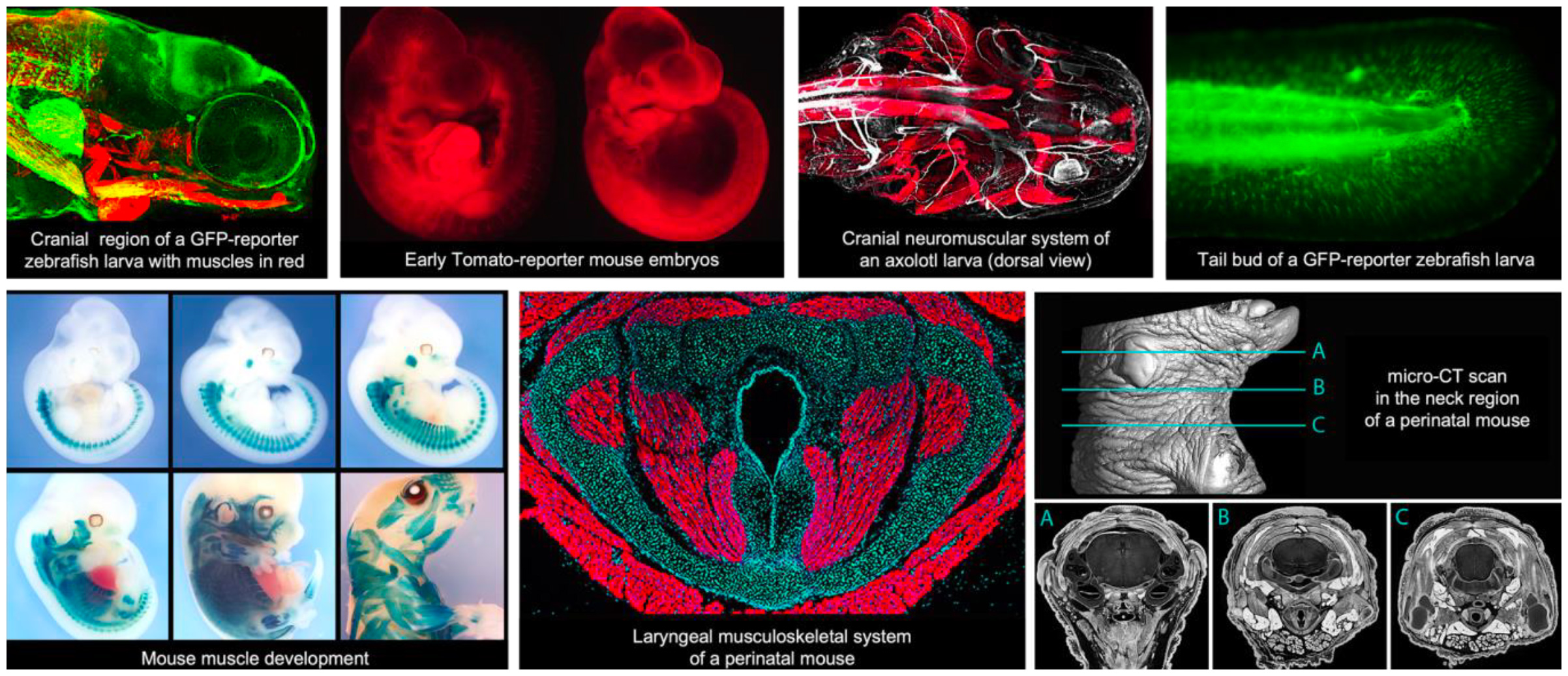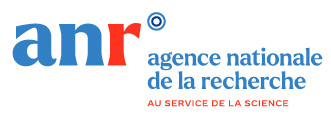Developmental and evolutionary histories of vertebrates - É. Heude
Background
Vertebrates constitute a large group of animals including fish, amphibians, reptiles, birds and mammals. A remarkable step in their evolution was the transition from the aquatic to terrestrial lifestyle, some 350 million years ago, which was enabled by the emergence of anatomical innovations such as the appearance of the limbs and the neck, specific to tetrapods. The neck, absent in fish, allows the mobility of the head on land and contains essential elements for air breathing, food intake or vocalization.
Our research combines functional genomics, transcriptomics, comparative embryology and comparative anatomy approaches by studying different conventional and unconventional vertebrate models. Our aim is to elucidate the molecular and cellular actors which may have been at the origin of the emergence and evolution of the neck and would have allowed to adapt to new environments. In addition, our studies seek to provide new perspectives for the understanding of some human birth malformations for which the cervical musculoskeletal system is specifically affected.
Main research axes
- Genome-wide analysis of regulatory networks driving neck development
The study seeks to characterize the gene regulatory networks involved in the establishment of neck musculoskeletal cell lineages combining single cell and spatial transcriptomics and multiomics approaches during early embryonic development of different tetrapod models.
The computational analyses aim to bring out developmental trajectories, molecular actors and genetic networks implicated in the morphogenesis of neck muscle, skeletal and connective tissue lineages for the formation of a functional and integrated musculoskeletal system.
- Role of connective tissue precursors for neck musculoskeletal assembly
Our goal is to define the relative contribution of connective tissue precursors from different embryonic sources in neck musculoskeletal assembly by targeted invalidation of candidate genes in the mouse embryo. The study strives to provide new insights to understand the etiology of human disorders including head/neck sarcomas and congenital defects such as Loeys-Dietz and Klippel-Feil syndromes.
- Comparative characterization of tetrapod neck morphogenesis and adaptation
The neck shows a wide-range of lengths, shapes and functions in tetrapods and mainly among amniotes (reptiles/birds/mammals). By comparative embryology and anatomy approaches and in collaboration with experts in phylogenetics, morpho-functional analyses, biomodeling and paleobiology, this line of research aims to determine the morphogenetic actors that might have permitted the innovation and adaption of morphological traits during vertebrate evolution.

Team members
- Eglantine Heude (PhD, CRCN CNRS, Team leader)
- Romain Guyot (PhD, IR CNRS)
Fundings
ANR Jeune Chercheuse MorphoNeck



